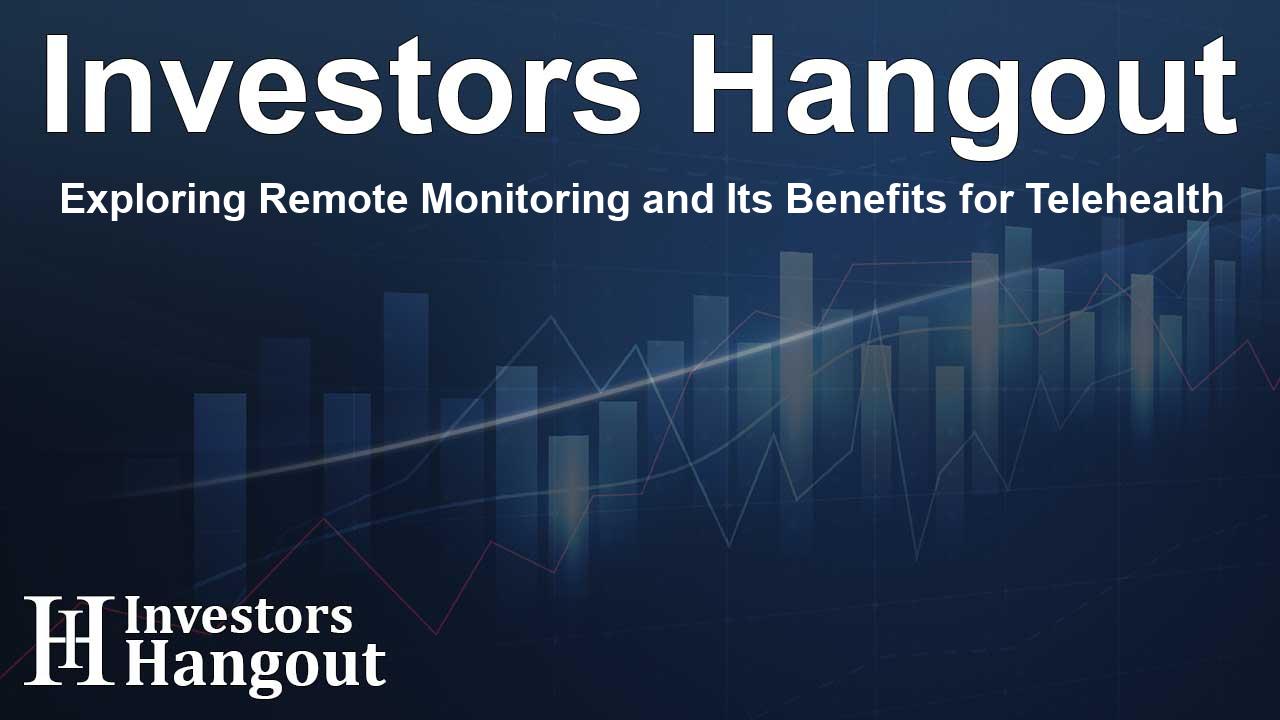Exploring Remote Monitoring and Its Benefits for Telehealth

Understanding the Impact of Remote Monitoring on Telehealth
Connected Nation has produced an enlightening report detailing how various telehealth experiences shape American patients’ perspectives on telehealth. The insights emphasize a pressing need to enhance broadband access across the nation. Understanding these findings can drive better healthcare practices and improve patient satisfaction.
Telehealth: What Is It and How Does It Work?
Telehealth encompasses a wide range of healthcare services that allow patients to receive care remotely. From online consultations with healthcare professionals to advanced robotic surgeries, telehealth has grown in popularity and utility. This report sheds light on how different types of telehealth services affect patients’ attitudes towards their overall healthcare experience.
Rural Residents and Telehealth
Interestingly, while rural residents often exhibit hesitance towards embracing telehealth options, they stand to gain the most from such innovations. Telehealth can significantly cut down their travel time, reduce costs, and eliminate transportation obstacles that frequently complicate access to healthcare. According to Chris McGovern, the Director of Research Development at Connected Nation, this demographic could greatly benefit from increased awareness of the diverse telehealth services available.
The Role of Remote Patient Monitoring
One of the standout features discussed in the report is Remote Patient Monitoring (RPM). These innovative technologies leverage real-time data transmission to help healthcare providers manage patient health from a distance. RPM allows doctors to monitor medical conditions continuously, ensuring quick interventions when necessary.
Enhancing Informational Outreach
Despite the advantages, many rural residents remain unaware of all the telehealth solutions available to them. Education is crucial, as informed patients report better experiences and more positive perceptions of telehealth services. Additionally, the importance of reliable, high-speed internet cannot be overstated. Without it, the full potential of telehealth remains untapped and inaccessible.
Addressing Latency Issues in Telehealth
In the world of telehealth, real-time data transmission is paramount. Latency, or the delay in data processing during transmission, can impede patient safety by preventing timely responses to critical health issues. Brent Legg, the Executive VP of Government Affairs at Connected Nation, highlighted how this lag can disproportionately affect residents in rural areas, where data often travels longer distances to reach processing centers in larger cities.
The Future of Broadband and Telehealth
To combat these challenges, Connected Nation is actively collaborating with partners to develop Internet Exchange Points (IXPs) in more than 125 strategic locations nationwide. This initiative focuses on establishing IXPs in mid-sized cities that struggle with broadband access, facilitating quicker data transmission, and ultimately enhancing telehealth services.
Building Infrastructure for Tomorrow
The first CNIXP is underway at Wichita State University’s Innovation Campus, aimed to open in spring 2026. This site is poised to serve as a model for future IXPs, which will be instrumental in improving broadband performance for telehealth and other essential services across the nation. This development promises to further connect underserved communities to vital healthcare resources.
Conclusion
The report from Connected Nation is a wake-up call, urging stakeholders to take action to build a more inclusive healthcare system. As broadband access improves, so too does the potential for revolutionizing telehealth. Fully embracing these changes will create a healthier future for everyone.
Frequently Asked Questions
What is Remote Patient Monitoring?
Remote Patient Monitoring (RPM) involves using technology to monitor a patient's health data from a distance. This includes transmitting vital signs and other health information to healthcare providers in real-time.
Why is broadband access important for telehealth?
Broadband access is crucial for telehealth as it ensures patients can connect with healthcare providers without delays or interruptions, which can potentially compromise their health.
How can rural residents benefit from telehealth?
Rural residents can benefit from telehealth through reduced travel time and costs, making healthcare more accessible than ever before. Telehealth addresses transportation barriers that often hinder access to medical services.
What challenges do rural residents face with telehealth?
Rural residents often face challenges such as lack of awareness about telehealth services and limited access to high-speed internet, which can impact their ability to utilize these services effectively.
What is Connected Nation's mission?
Connected Nation aims to improve lives by expanding access to high-speed internet and related technologies, ensuring everyone can benefit from enhanced broadband resources.
About The Author
Contact Owen Jenkins privately here. Or send an email with ATTN: Owen Jenkins as the subject to contact@investorshangout.com.
About Investors Hangout
Investors Hangout is a leading online stock forum for financial discussion and learning, offering a wide range of free tools and resources. It draws in traders of all levels, who exchange market knowledge, investigate trading tactics, and keep an eye on industry developments in real time. Featuring financial articles, stock message boards, quotes, charts, company profiles, and live news updates. Through cooperative learning and a wealth of informational resources, it helps users from novices creating their first portfolios to experts honing their techniques. Join Investors Hangout today: https://investorshangout.com/
The content of this article is based on factual, publicly available information and does not represent legal, financial, or investment advice. Investors Hangout does not offer financial advice, and the author is not a licensed financial advisor. Consult a qualified advisor before making any financial or investment decisions based on this article. This article should not be considered advice to purchase, sell, or hold any securities or other investments. If any of the material provided here is inaccurate, please contact us for corrections.
